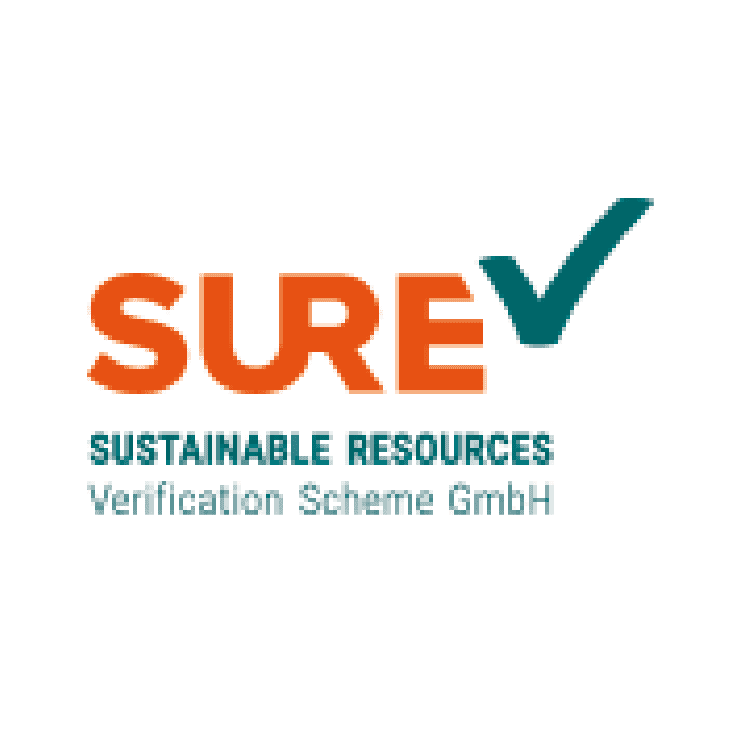

On October 9th, the IRBEA National Bioenergy Conference 2025 took place in Dublin, gathering leading experts, policymakers, and industry representatives to discuss the evolving role of bioenergy in Europe’s climate transition. The event focused on key policy developments, innovation, and practical challenges shaping the sector’s future.
Representing Bioenergy Europe, Ennio Prizzi, Senior Policy Officer, delivered a comprehensive update on EU climate policy, from the broader strategic direction to specific regulatory frameworks that affect the bioenergy sector.
Overview of EU Climate Policy
Ennio Prizzi opened with an overview of the EU’s climate policy architecture. He emphasized that while the path toward climate neutrality is ambitious, maintaining policy coherence and predictability is crucial for industries like bioenergy, which invest heavily in long-term infrastructure and sustainable feedstock supply chains.
CRCF: A Framework for Carbon Removals
A key focus of the IRBEA National Bioenergy Conference 2025 was the Carbon Removal and Carbon Farming Certification Framework (CRCF), the EU’s emerging system for certifying permanent and temporary carbon removals.
Prizzi explained the goals of the CRCF, which aim to create trust and transparency in carbon removal claims, encourage investment in sustainable carbon storage solutions, and ensure robust monitoring, reporting, and verification standards.
He also described the different types of carbon removals covered under the framework, such as:
- Permanent geological storage (e.g., BECCS or DACCS),
- Temporary storage in products or soil carbon, and
- Carbon farming, which focuses on enhancing sequestration in agricultural and forestry systems.
Certification and Process
During his intervention, Prizzi detailed how the certification process under the CRCF will work in practice, from project application to verification and issuance of certificates. He stressed the importance of maintaining rigorous sustainability safeguards to ensure that certified projects deliver genuine, measurable climate benefits. He also outlined the timeline for implementation.
The EU Decision-Making Process
Prizzi took the opportunity to demystify the EU decision-making process behind the CRCF, explaining the steps involved in designing such a framework. From the European Commission’s initial proposal to the trilogue negotiations between Parliament, Council, and Commission, he highlighted how technical details, political compromise, and stakeholders’ input all play critical roles in shaping the final regulation.
Bioenergy and the CRCF: How They Intersect
One of the central points of Ennio Prizzi’s presentation at the IRBEA National Bioenergy Conference 2025 was the connection between bioenergy and the CRCF. He noted that the framework directly intersects with the Renewable Energy Directive (REDIII), another key piece of EU legislation governing biomass sustainability.
Specifically, biomass raw materials that already meet REDIII sustainability certification standards will automatically comply with the corresponding sustainability criteria under the CRCF Regulation. This alignment avoids double certification and administrative burden for operators.
Looking Ahead
The IRBEA National Bioenergy Conference 2025 underscored how vital EU-level policy consistency is for the growth and competitiveness of the bioenergy sector. Ennio Prizzi concluded by stressing that Bioenergy Europe will continue to engage with EU institutions to ensure that bioenergy’s contribution to carbon removals, renewable heat, and sustainable growth is fully recognized in the evolving policy landscape.
Related Posts
-
Biomass PowerON 2025 conference – Key Updates
October 9, 2025




